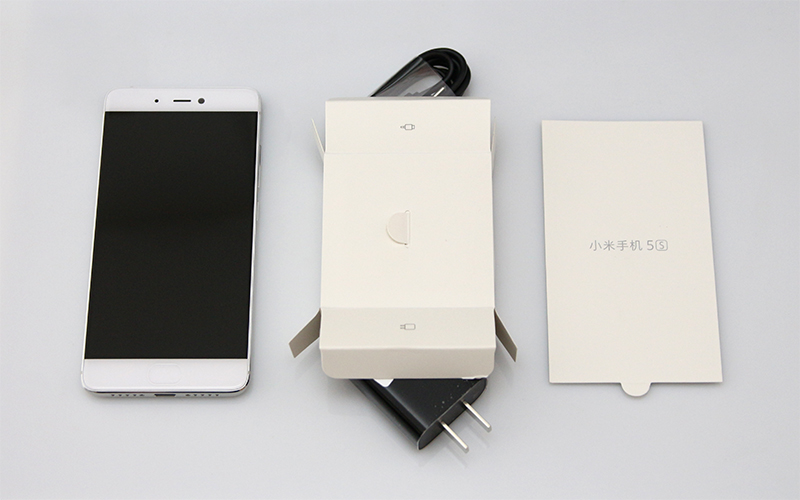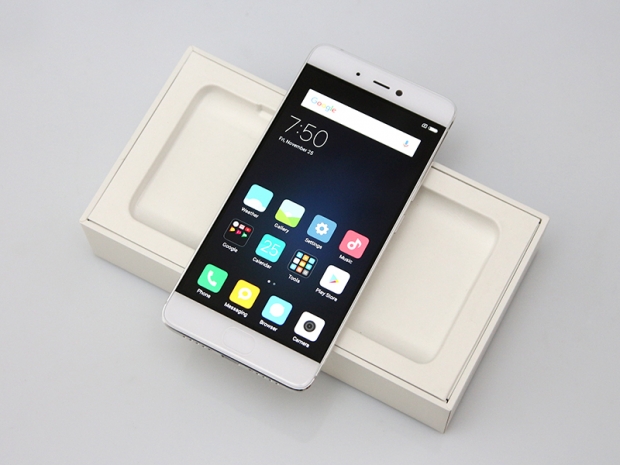Index
OS, UI and Everyday Use
There’s not a whole lot to say about the Mi5s in the software department. The phone ships with Android 6.x and MIUI 8.x on top, and everything is where you’d expect it to be. Well, it is if you’re coming from another Xiaomi phone, but if you’re not – then nothing’s where you’d expect it to be.

MIUI doesn’t have an app drawer, it takes a lot of its cues from iOS, and it looks and feels different to Android, or at least Android as most people perceive it. This is a double-edged sword: while we like the appearance of MIUI, and its many customisation options, users who aren’t that tech-savvy, people that not have a chance to get acquainted with MIUI, will need a fair amount of time coming to grips with the intricacies of Xiaomi’s Android fork.
This does not mean MIUI devices are harder to use or set up because they’re not. They’re just different, and because MIUI provides a high degree of control, there are more things you’ll need to address when you start using the phone.
One source of frustration revolves around notifications and MIUI’s aggressive power management. You will have to allow notifications from various apps, and make sure the ‘autostart’ permissions are ok, along with mobile data use rights and so on. Yes, it’s a bit trickier than on most Android devices out there, but only because MIUI offers a lot more options than other Android implementations.
The silver lining? MIUI allows you to take almost full control of your device, which you can fine tune for performance, endurance, or security. It’s up to you, and this is good news for power users. It’s also bad news for people who can’t be bothered. Another problem is Xiaomi’s decision to start shipping phones with a locked bootloader. This isn’t a big deal for people in China or India, but it could prove a source of frustration among users that have to import Xiaomi phones via the grey market.
Unfortunately, we can’t say anything about Xiaomi’s Force Touch implementation, as we did not get a chance to try it. Force Touch is only supported on the flagship variant which we did not get a chance to test. It’s a pity because it’s obvious that we will see more of it on upcoming devices, and chances are the next generation of Xiaomi phones, and indeed flagships from other vendors, will feature Force Touch support.

In terms of everyday use, the Mi5s is a workhorse. It’s just the right size, which is nice in a time of oversized flagships, and nobody will complain about the ergonomics.
The navigation buttons are laid out traditionally, as are all ports on the phone. One minor detail we take issue with – there’s no IR blaster. Granted, this won’t be a deal-breaker for the vast majority of consumers, but if you’re already used to having an IR blaster on your phone, you’re bound to miss it.
The home button doubles as a fingerprint reader and it’s placed at the front. But it’s not a mechanical button like the one on the Mi5, so yeah, it looks like Xiaomi is back to copying Apple again, as Cupertino made the same choice for the iPhone 7. Since the Mi5s is marginally thicker than its predecessor, due to the use of 2.5D glass and (presumably) a bigger camera module, it also features a somewhat bigger battery – 3200mAh vs. 3000mAh on the Mi5.
This isn’t a huge difference, but every milliamp counts. In the real world, we couldn’t spot much of an improvement over the Mi5. The Mi5s features slightly more powerful hardware, so if you push it hard, you’ll probably get similar or even worse battery life than on the Mi5. But if you’re careful, you’ll squeeze a bit more out of it. In real life, though, it’s a negligible difference.

We had no issues with GPS functionality, as one would expect from a device based on the latest Qualcomm hardware.
Bottom line: Xiaomi’s Mi5s is a solid all-rounder and it’s hard to point out any deficiency that will degrade user experience or pose an issue for users.

